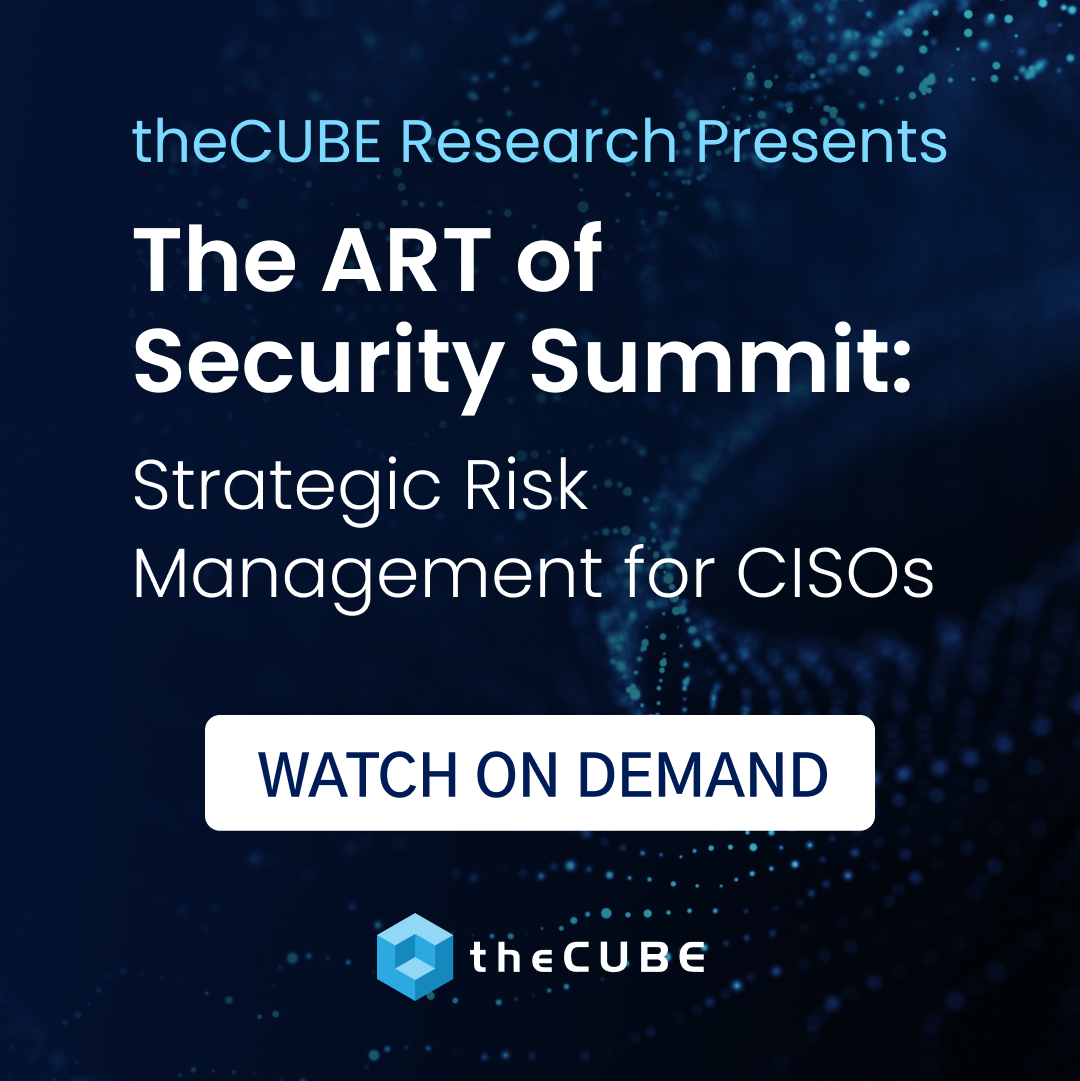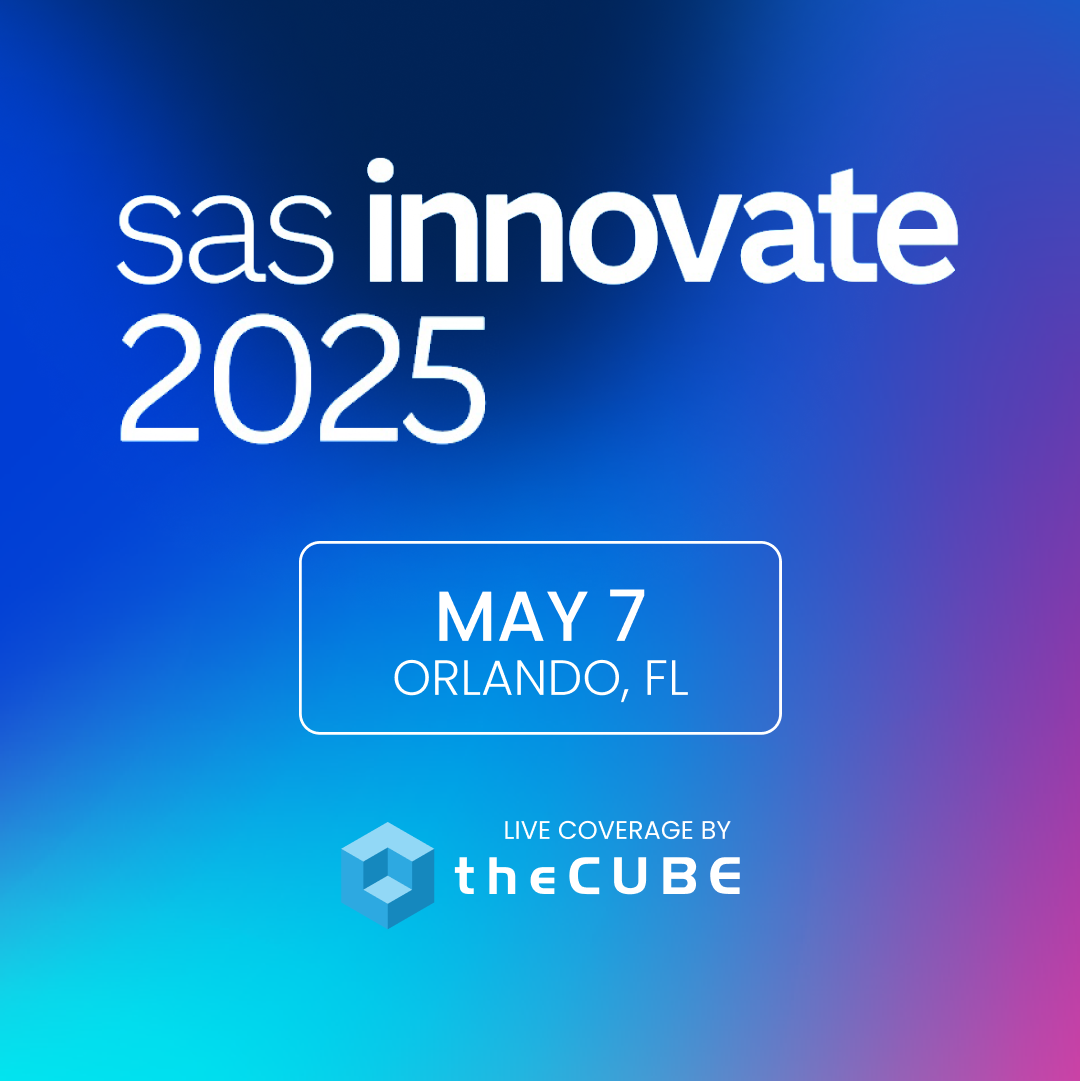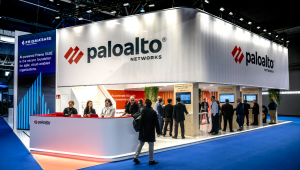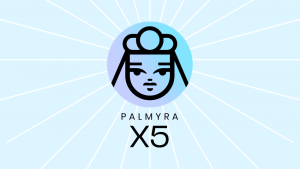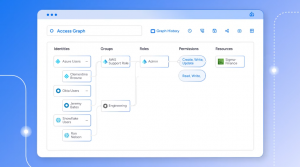Storage Virtualization is the Other Part of the Equation for Efficiency and Flexibility says NetApp CEO
“Virtualization isn’t just about servers; it has huge implications for storage,” NetApp (www.netapp.com) President & CEO Tom Georgens said in an interview on SiliconAngle TV (www.siliconangle.tv) from VMworld 2010 in San Francisco. “We moved a huge amount of our resources in that direction five years ago, and that is why we are so successful today. We have a story about cutting the cost of infrastructure in half, a story about provisioning that storage in seconds, and a story about helping businesses to create competitive advantage.”
Georgens said that NetApp’s partnership with VMware has been very good for both companies, and that while VMware is now owned by EMC, in fact it operates![]() as a separate entity, which is a credit to EMC senior management. Today an intervention by EMC in VMware’s strategy “would not be to anybody’s benefit. VMware partners with us. Obviously VMware partners with EMC. We don’t spend any time thinking about EMC owning VMware.”
as a separate entity, which is a credit to EMC senior management. Today an intervention by EMC in VMware’s strategy “would not be to anybody’s benefit. VMware partners with us. Obviously VMware partners with EMC. We don’t spend any time thinking about EMC owning VMware.”
The partnership between VMware and NetApp, he says, was forged in front of customers, in the field, because the two companies offer two sides of a complete virtualization picture. “Together we can offer customers an advantage that neither VMware nor NetApp could do alone.”
That’s what friends are for
Strategic partnerships among best-of-breed companies are important to the IT industry, he says. The aggressive acquisitions by big vendors, in particular Hewlett-Packard and IBM, may allow them to fill in the gaps in their technologies and eventually provide a fully integrated stack from hardware to application set for businesses. But, “customers are aware that what they gain in integration from these vendors, they lose in best-of-breed functionality and cost.
“The problem for the big vendors is that it is impossible for them to make the investment levels to be competitive at every level of the stack at the same time. Nobody has that much R&D.”
The future, he said, is in the partnership and integration of best-of-breed companies, such as the multi-tenancy partnership among NetApp, Cisco, and VMware. “If we can offer customers integration that is close to what HP and IBM can provide along with best-of-breed advantages in functionality, flexibility, and cost, we will win.”
Lean and mean
He attributed NetApp’s success in large part to what he termed the broadest, balanced go-to-market strategy in the industry, with its direct focus sales, distributors, relationships with systems integrators including both HP and IBM, its partnerships with complimentary best-of-breed vendors including Microsoft and Cisco, and relationships with some of the largest cloud service providers, who are NetApp customers.
Today, he said, companies, including NetApp, are very dependent on IT for every part of their operations. IT of course has to be reliable, but that is no longer sufficient. It also has to be cost effective and agile. IT shops that fail to meet those needs ultimately impact the competitiveness of their entire company.
“The question for us at NetApp,” he said, “is how do we enable that cost-effectiveness and agility for our customers.”
A message from John Furrier, co-founder of SiliconANGLE:
Your vote of support is important to us and it helps us keep the content FREE.
One click below supports our mission to provide free, deep, and relevant content.
Join our community on YouTube
Join the community that includes more than 15,000 #CubeAlumni experts, including Amazon.com CEO Andy Jassy, Dell Technologies founder and CEO Michael Dell, Intel CEO Pat Gelsinger, and many more luminaries and experts.
THANK YOU

